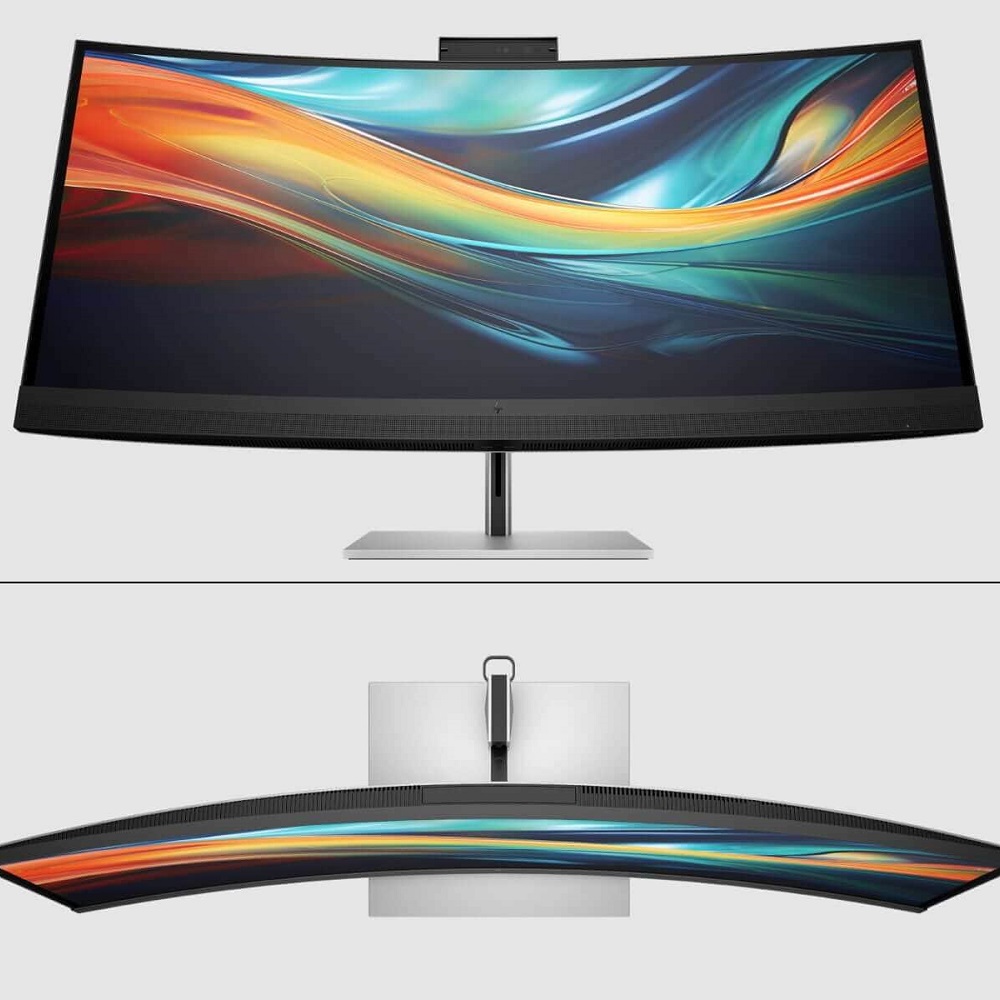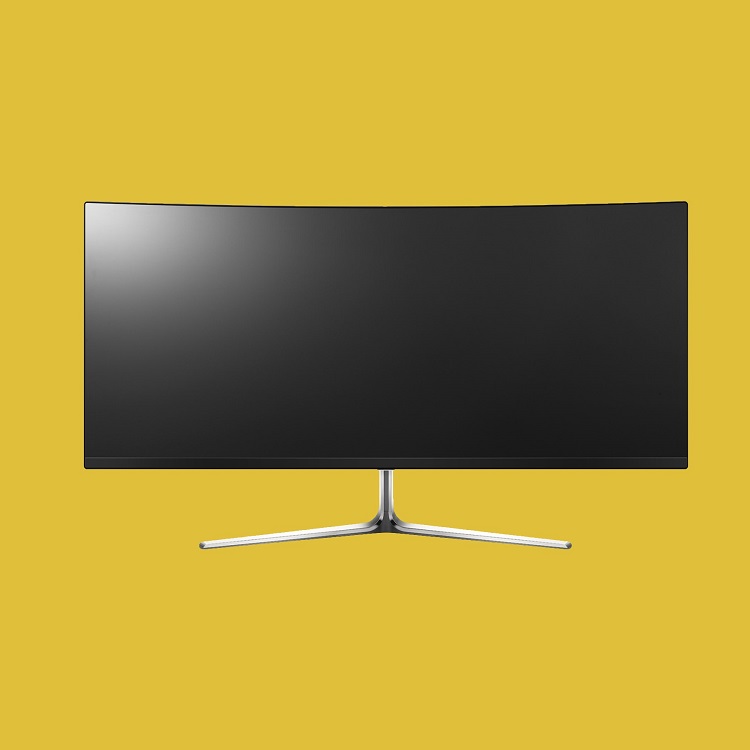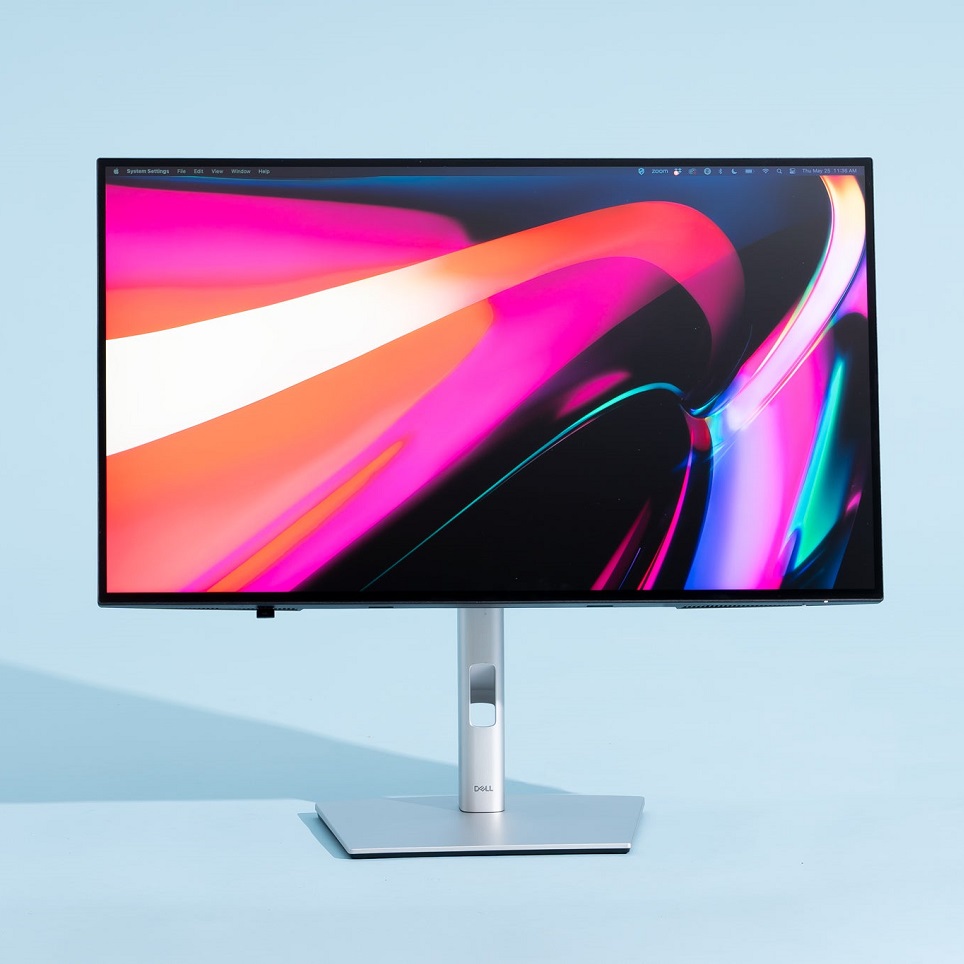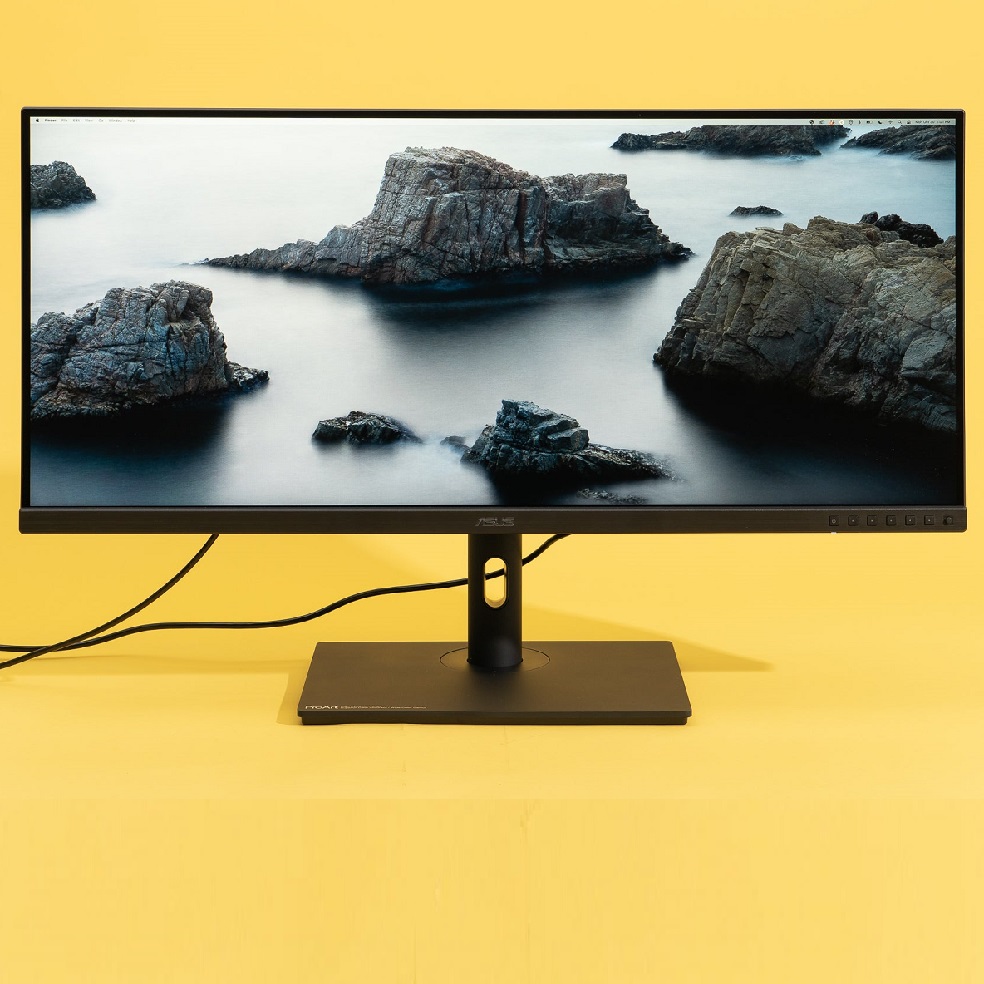Introduction to the Largest Screens
In today’s tech-driven world, screens are central to our daily activities. From watching movies to working on projects, the size and resolution of screens can significantly impact our experience. While many people use standard monitors, some seek out the largest screens available for their gaming, professional work, or entertainment needs. This article explores the largest computer screens available today, their features, and why they are in demand.
Large format displays are not just a trend. They serve practical purposes across various fields. For gamers, they create an immersive environment that enhances gameplay. For designers and architects, they provide a detailed view of their work. Large screens can make video editing and content creation easier too. As we dive deeper into this subject, we will look at different types of large screens, their features, and their applications in various fields.
Types of Large Computer Screens
Ultrawide Monitors: Expanding Your Field of View
Ultrawide monitors are becoming increasingly popular. These screens typically have a 21:9 aspect ratio, which is much wider than traditional monitors. The extra screen real estate allows users to multitask effectively. For instance, a user can have a document open on one side and a web browser on the other. This setup is particularly useful for professionals who need to juggle multiple tasks at once.
Many ultrawide monitors come with high resolutions. For instance, some models feature 3440×1440 pixel resolutions, providing excellent detail. This resolution ensures that images and text remain sharp. Gamers also benefit from ultrawide screens, as they offer a wider field of vision. This trait can enhance gameplay, making it easier to spot opponents or navigate complex environments.
However, ultrawide monitors may require a more powerful graphics card. The higher resolution demands more from the hardware, especially for gaming. Users need to ensure their PC setup can handle the extra load. Despite this challenge, ultrawide monitors continue to gain popularity, thanks to their benefits.
4K and 8K Monitors: The Ultimate Clarity
4K and 8K monitors are revolutionizing the way we see images. 4K monitors have a resolution of 3840×2160 pixels, while 8K monitors boast a staggering 7680×4320 pixels. This increase in pixel density means that images and videos look incredibly lifelike. Professionals in photography and videography find these screens invaluable. The added clarity allows for precise editing and adjustments.
8K monitors are even more impressive. They provide four times the resolution of 4K screens, offering unparalleled detail. However, very few devices support 8K content currently. Most people benefit from 4K monitors, as a plethora of content is available in that resolution. Streaming services, games, and even some videos are available in 4K.
One of the main challenges with these high-resolution monitors is cost. They tend to be more expensive than standard monitors. Moreover, not all computers can handle the demands of 4K or 8K gaming. Users need to invest in high-end graphics cards to fully appreciate what these screens offer. Despite the hurdles, the push for clarity continues, and technology keeps advancing.
Benefits of Using Large Screens
Enhanced Productivity
Large screens can significantly boost productivity. They allow users to view more information at once. Imagine working on a spreadsheet while having reference materials open simultaneously. This setup saves time and streamlines workflows. Researchers and analysts often take advantage of large monitors to analyze large sets of data. They can see trends and patterns more easily when their screens can display extensive datasets.
Many professionals also find that large screens reduce eye strain. It’s easier to read text and view images without squinting. This comfort allows for longer work sessions without discomfort. Moreover, larger displays can improve collaboration. Teams can gather around a big screen to discuss projects or conduct meetings. Everyone can see the content without straining over small laptops.
However, the advantages of large screens are not limited to business. Gamers also notice improvements in their gaming experience. Games look more engaging on bigger displays with high resolutions. It’s easier to become immersed in gameplay when the graphics are impressive and the screen is expansive. The benefits are clear, regardless of the field.
Immersive Gaming Experience
Gamers always seek ways to enhance their experience. Large screens do just that. The feeling of being surrounded by images can be thrilling. A larger display also makes it easier to read in-game text and see finer details. This capability improves awareness and reaction times. When users can see a broader perspective, they are less likely to miss critical elements in their games.
The rise of VR gaming has also changed how large screens are perceived. Many users prefer using wide or curved screens for streaming VR content. Curved screens can wrap around the user’s field of vision, creating an immersive environment. Gamers often find this setup more engaging than traditional flat screens.
However, the gaming experience is not solely about size. Refresh rates and response times are essential too. A high-refresh-rate monitor paired with a large screen can create a fantastic experience. Gamers should consider all these factors when investing in a new monitor. Nonetheless, large screens continue to attract gamers looking for the ultimate experience.
Notable Brands and Models of Large Screens
Dell Ultrasharp U4919DW
The Dell Ultrasharp U4919DW has made waves in the monitor market. This 49-inch curved monitor offers an immersive viewing experience. It features a resolution of 5120×1440, effectively replacing a dual-monitor setup. Users love the flexibility this monitor brings. They can multitask without the distraction of bezels found in split-screen setups.
One of the key features of this monitor is its color accuracy. Graphic designers and video editors can trust their work will appear as intended. This monitor covers 98% of the DCI-P3 color space, making colors vibrant and true to life. Dell prioritizes customer needs with this model, and professionals consistently applaud its performance.
However, this monitor comes at a cost. It is pricier than many competing models. To afford it, potential buyers need to weigh their needs carefully. For serious professionals or gamers, the expense may be justified. Dell’s Ultrasharp U4919DW is a prime example of how large screens offer enhanced experiences.
Samsung Odyssey G9
The Samsung Odyssey G9 is another impressive monitor on the market. This 49-inch curved monitor is designed for gamers. With a resolution of 5120×1440, it delivers stunning graphics. The 240Hz refresh rate ensures smooth gameplay, while the rapid response time minimizes lag. Gamers often rave about the immersive experience this monitor provides.
Samsung has also integrated advanced features. The monitor comes with G-Sync and FreeSync technologies, reducing screen tearing. Many gamers face this issue when the graphics card and monitor do not sync correctly. By implementing these technologies, Samsung enhances the gameplay fluidity and overall enjoyment.
However, the Odyssey G9 is not for everyone. Its size can make it challenging for some users. Additionally, it might require a robust setup to run games at high resolutions while maintaining fluid performance. Despite these challenges, the Samsung Odyssey G9 stands out as a top choice for gamers craving high performance and grand visuals.
Setting Up a Large Monitor
Choosing the Right Location
Setting up a large monitor requires planning. Choosing the right location is crucial. Users should place the monitor at eye level. This position helps reduce neck strain and promotes comfort during long periods of use. Additionally, the distance from the screen should be considered. Too close can cause discomfort, while being too far may cause trouble reading smaller text.
Light is another important factor. Users need to minimize glare on the screen. Placing the monitor away from windows or using curtains can help. Proper lighting enhances visibility and can reduce eye strain. A well-considered setup brings the best monitor experience.
Moreover, organizing cables is crucial for a clean look. Messy cables can create distractions and make maintenance harder. Cable management solutions, such as clips or sleeves, keep everything tidy. A well-organized setup not only looks professional but is functional too.
Hardware Requirements
When using large screens, hardware capabilities matter. Many large monitors require powerful graphics cards. To optimize performance, users should check compatibility before purchasing. A capable graphics card ensures high refresh rates and smooth performance.
Moreover, RAM and CPU also play roles in handling large screens. More RAM can improve performance, especially when multitasking. Similarly, a powerful CPU ensures that tasks are completed efficiently. Users need a balanced setup to fully enjoy the benefits of a high-resolution monitor.
Finally, consider a quality desk setup. A sturdy desk can support the weight of large monitors and keep them stable. Adjustable stands may also enhance ergonomics. This feature allows users to find their ideal viewing angles. Investing in the right hardware enhances the overall experience.
The Future of Large Computer Screens
Technological Innovations
The future of large screens looks bright. Continuous technological innovations are transforming the industry. OLED technology is one of the most exciting advancements. It provides richer colors and deeper blacks compared to traditional LCD screens. As OLED panels become more affordable, more users will likely adopt them.
Moreover, mini-LED technology offers improvements in brightness and contrast. This tech can create better visuals, especially in HDR content. The combination of OLED and mini-LED features will likely lead to next-generation monitors.
Another trend to watch is the increase in modular displays. Some manufacturers are exploring the idea of customizable screens. This approach allows users to create displays that fit their specific needs. Users can combine multiple smaller displays to craft ultra-large setups tailored to various applications.
Increased Demand in Various Industries
As technology evolves, demand for larger screens continues to grow. Professionals in fields like design, gaming, and education are seeking better tools. Large screens enhance collaboration in workplaces. They allow teams to share ideas better and visualize complex data.
In education, more institutions are adopting large interactive displays. These screens enable teachers to present information engagingly. Students can interact directly with lessons, creating an interactive experience.
Moreover, the gaming industry continues to flourish. Larger screens with high refresh rates become the standard for competitive gaming. Gamers demand better visuals and performance, propelling the large screen market forward. As trends develop, it is clear that large screens will remain important.
Conclusion
Large computer screens are more than just a trend; they offer tangible benefits across various fields. From enhancing productivity to providing immersive gaming experiences, their impact is substantial. As we explored different types of large screens, brands, and usage scenarios, the advantages became clear. However, potential buyers should weigh their needs against costs.
Emerging technologies and the increasing demand across industries highlight the rising significance of these displays. The future is bright for large screens, with continual advancements and an ever-expanding user base. Investing in large monitors is not just about size; it’s about enhancing experiences and improving productivity. Users need to consider their unique requirements and choose wisely. The journey of large computer screens is just beginning.



